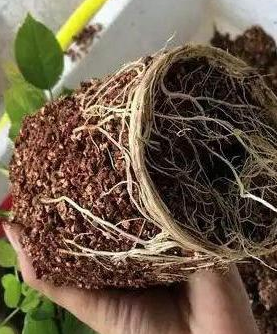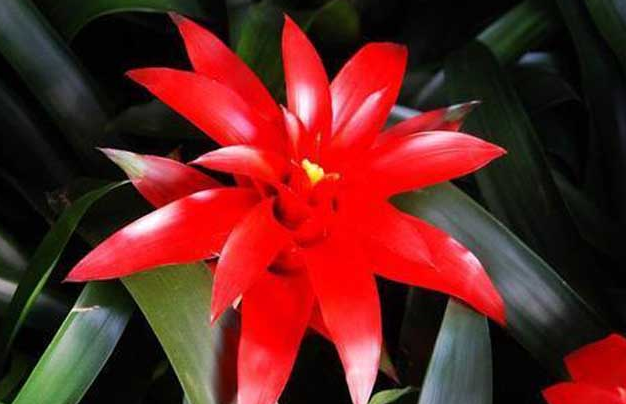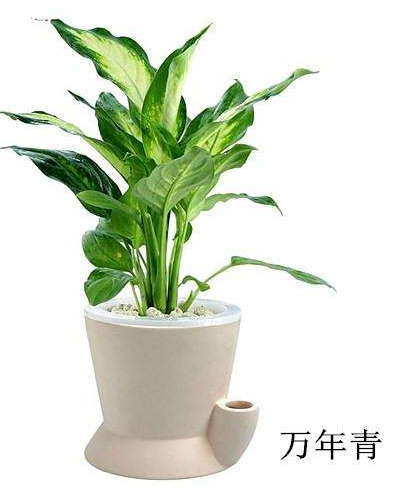Can rooting powder be used in cutting propagation of rose?
Roses, which many people like very much, this rose is the symbol of love. What is the method of cutting propagation of roses? Can rooting powder be used in rose cuttings:

1. branch treatment, pick up the branch into about 10 cm long, each branch needs to have a bud point, make an oblique incision
Note that when you buy it, tell the boss that if you leave the cut flowers with or without thorns, the general bud points will also be scraped off.
2. you can take rooting powder or soak in rooting water.
3. For medium treatment, you can use vermiculite, pour and steal it with carbendazim water before use, or expose yourself to the sun a few days in advance.
4. Choose a suitable container to fill the medium, pour thoroughly, and insert the branches stained with rooting powder.
5. put it in a ventilated place for maintenance. if you want to take root quickly, find a box to cover it and ventilate for 1 hour every day to keep the soil moist.
This is the end of the introduction on the cutting method of roses. It is better to have a little rooting powder directly for this rose cuttage, so that it can take root quickly.
Propagation methods of roses
The methods of rose propagation are: split plant method, cutting method, grafting method and sowing method. The most common methods are plant division and cutting; as for sowing, single roses can be used, while double roses cannot be used, because double roses do not bear fruit.
1. Split-plant method
The strong rose plant was selected and dug up from the root. According to its growth condition, the plant was divided into several plants from the root and planted separately. Ramets are usually carried out in spring or autumn.
two。 Cutting method
Both spring and autumn can be carried out. The hard branches and twigs of roses can be used as cuttings. Hardwood cuttings, generally selected before the plant germination, choose 2-year-old robust branches, cut into about 15cm segments as cuttings, the lower end coated with mud, inserted into the cutter. Generally, cuttings can take root in about 1 month, and transplant and maintain in time after rooting. Cutting can be carried out in both spring and autumn.
3. Grafting method
Generally choose wild rose or rose as rootstock and use split grafting or cutting grafting in early spring in March.
4. Seed propagation
When the seeds are ripe in October, harvest and sow the seeds in time, or hide the seeds until the following spring.
Knowing the breeding methods of roses, we can take action to plant plants, pots of bright and colorful roses: red like fire, white like snow, yellow like gold, pink like glow. So many roses of different colors should have different symbolic meanings, right? Yes, they belong to the same rose, but different colors symbolize different meanings.
High temperature cutting Propagation of Rosa przewalskii and Rosa rugosa
Thorn rose and wild rose belong to Rosaceae deciduous shrubs, branches clump cattle, with prickles. Petiole sparse cattle small prickles and glandular hairs, stipules lanceolate and petiole connate, bisexual flowers, Corolla mostly purplish red, rarely yellow, white. The thorn rose is a double flower with large and fruitless flowers, while the wild rose is a single flower with a small flower-fruit is a rose fruit. Pink or purplish red. all have a certain horticultural and ornamental value. At the same time, the two can be used as flower hedges to separate the space and protect them. it is necessary to accelerate the propagation of these two kinds of ornamental shrubs through experiments, and find out a cutting propagation method suitable for Altay geo-medicine, which is fast and effective. Now this method is introduced as follows for reference.
1 cutting substrate
Taking advantage of the characteristics of strong penetration of river sand, non-decay at the lower end of cuttings and easy rooting, river sand was selected as the cutting substrate. it not only saves the cost, but also has a higher survival rate of cutting.
2 plug-in bed preparation
The slotting machine should be built in a sunny, ventilated and flat place. The length, width and height of the cutting bed are 60 m, 30 m and 0.5 m respectively, which are made of red brick which can seep water out. The bottom of the cutting bed is covered with a layer of barnyard manure with thick 15~20cm (the function is to provide heat for the substrate and accelerate rooting), which is covered with matrix fine river sand with a thickness of 15~20cm. Lead the water pipe to the 50cm of the inserting bed. The operation end is connected with the rubber tube, and the hose is connected with the fine-eye nozzle for inserting the bed to spray water. On the side of the bed, the steel bar is used as the skeleton, and the one-arch scaffolding is welded, the direction is north-south, and the top of the arch frame is 2m from the ground. Prepare 7 m wide thick plastic sheeting and shade net 1lm.
3 substrate treatment before insertion
2 days before cutting, apply the matrix of Renhe sand with feso solution (3%). Make it contain 0.5kgfeso 4 per square meter. Keep it in the substrate for 2 days, and wash it with clean water on the third day to make the wild goose disinfect and pure. When the water seeps and the matrix dries slightly, scrape the surface of the substrate with a smooth plank:
4 insert selection
The sturdy mother plant with strong branches and leaves and no diseases and insect pests was selected and the branches about 7 days after flowering were cut as cuttings in the high temperature season. Sharp scissors are used when cutting short cuttings to make the cutting mouth smooth. Each cuttage is about 10 ~ 15cm long, with 2 ~ 3 nodes. 2 ~ 4 leaflets are left at the top of the cuttings, and the big leaves are cut off and the cuttings are called to lead a hole with a thin wooden stick. in order to prevent the cuttings from getting hurt and affecting rooting. Cutting spacing 4cm. Row spacing 5cm, 500 ~ 600 plants per square meter.
- Prev

How to grow water tower flowers? can I put them in the room?
Water tower flower, this is a lot of people like breeding, this water tower flower is not generally good-looking, how to raise it? Can water tower flowers be kept indoors: 1. Heart rot and root rot: ways to prevent and cure heart rot or root rot in addition to paying attention to the problems of substrate, watering and water quality
- Next

Is there a poison in the cultivation method of big leaf evergreen?
Evergreen is an evergreen plant, because it is evergreen all year round, so it is named Evergreen. Evergreen is an auspicious symbol, especially suitable for breeding and viewing at home. Many people like to put a pot at home. The viewing effect is very pleasing to the eye.
Related
- Fuxing push coffee new agricultural production and marketing class: lack of small-scale processing plants
- Jujube rice field leisure farm deep ploughing Yilan for five years to create a space for organic food and play
- Nongyu Farm-A trial of organic papaya for brave women with advanced technology
- Four points for attention in the prevention and control of diseases and insect pests of edible fungi
- How to add nutrient solution to Edible Fungi
- Is there any good way to control edible fungus mites?
- Open Inoculation Technology of Edible Fungi
- Is there any clever way to use fertilizer for edible fungus in winter?
- What agents are used to kill the pathogens of edible fungi in the mushroom shed?
- Rapid drying of Edible Fungi

